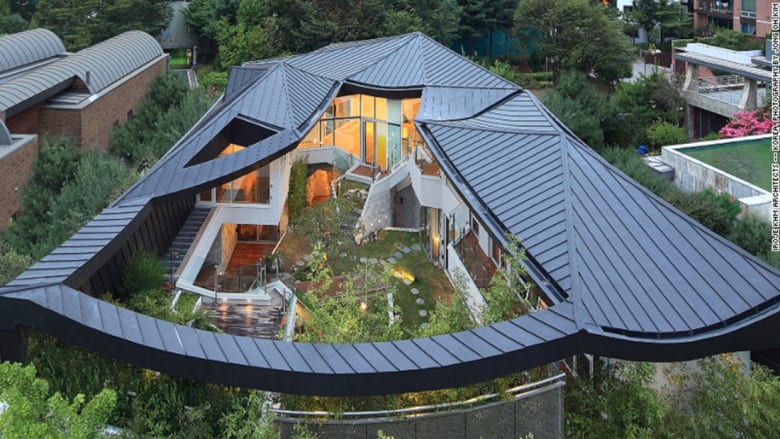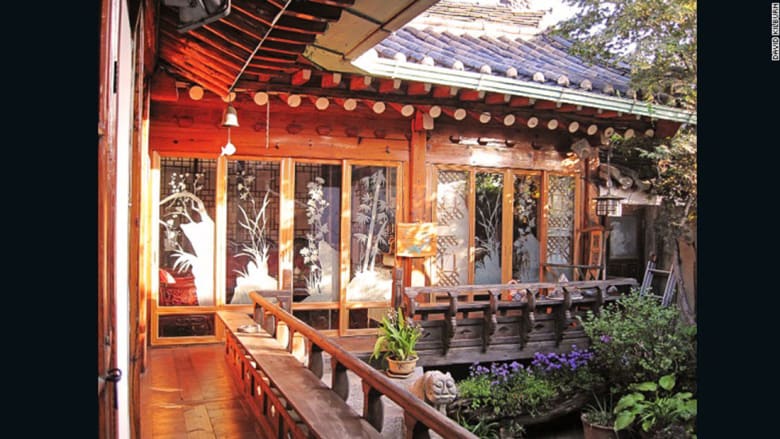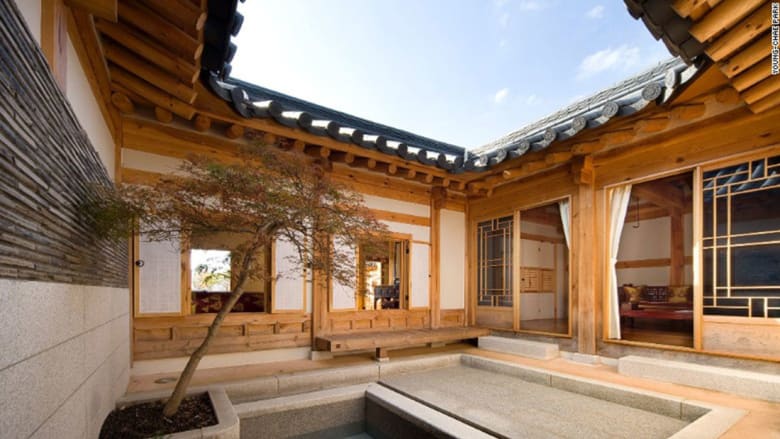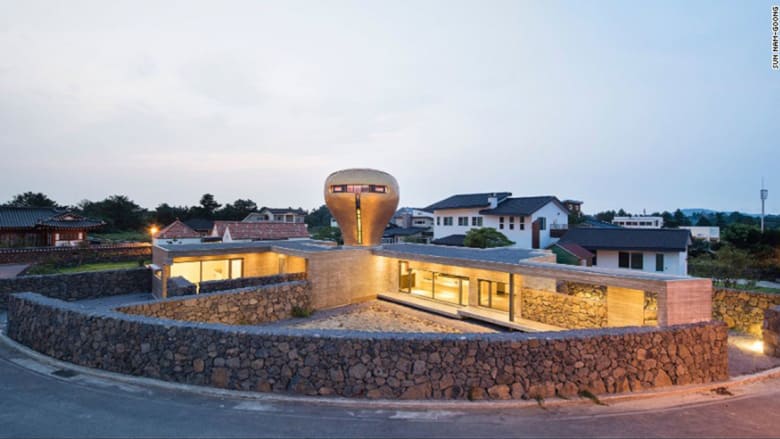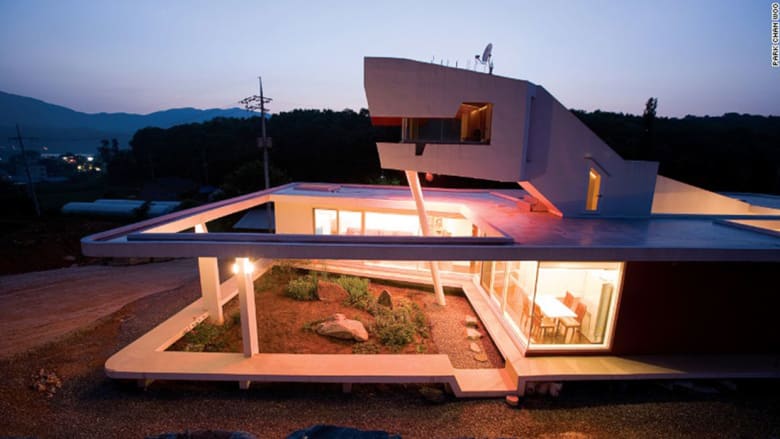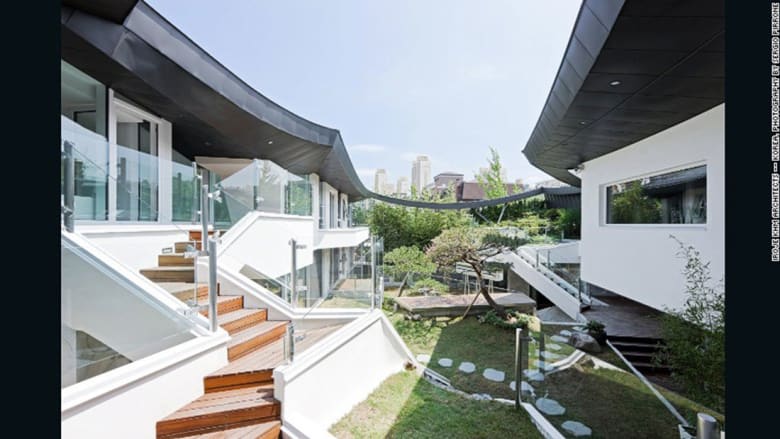دبي، الغمارات العربية المتحدة (CNN) -- قد تشتهر كوريا الجنوبية بتركيزها على كل شيء جديد، ولكن المهندسين المعماريين والعملاء، يتطلعون إلى الماضي للإلهام.
وبمشهد مألوف في جميع أنحاء البلاد، فإن البيوت التقليدية الكورية، باسم "هانوك" تختفي تدريجياً بشكل مطرد منذ التسعينيات.
ورغم الجهود الحكومية الرامية إلى الحفاظ عليها، إلا أن منازل الفناء التي تتألف من طابق واحد، تُستبدل بمساكن حديثة، أو تُدمر لإفساح الطريق أمام التطورات التجارية الكبيرة، والبنية التحتية.
ولكن، كما تطور البوب الكوري استناداً إلى ماضي كوريا الموسيقي ليعبر عن الثروة الجديدة، والهوية الوطنية، فإن الهندسة الكورية، تقدم حالياً نمطاً معاصراً يتخطى الأسلوب التقليدي.
وقال المؤرخ المعماري في جامعة سيؤول الوطنية هيومغين باي، إن "الهانوك كان عديم الفائدة تاريخياً، بسبب إعاقته للتنمية، والتقدم الاقتصادي."
وللوهلة الأولى، فإن المنازل الإبداعية التي تُبنى في كوريا الجنوبية في يومنا الحالي، لا تُظهر سوى الطراز القديم. ولكن، لدى إلقاء نظرة أقرب إلى الخطوط الأنيقة، والديكورات الخارجية البراقة، فإنها تعكس جمالية حديثة، يطمح الكوريون إليها. ويستمد المهندسون المعماريون الأكثر ابتكاراً في البلاد، مبادئهم الهندسية من أساسيات الهانوك.
وأوضح المهندس المعماري في العاصمة سيؤول ومؤلف كتاب "هانوك يعود" دوجين هوانج أن "التصميمات ومواد البناء التقليدية، تظهر جمالية جديدة في العمارة الكورية،" مضيفاً أن "هناك اهتمام متجدد في تطبيق الدروس من العمارة التقليدية وصولاً إلى المباني الحديثة والمعاصرة."
وأشار باي إلى أن "تصميم هانوك يعكس الأسلوب الآسيوي للعيش، والذي هو قريب جداً من الأرض."
وفي اليابان، فإن هذا المبدأ يعني الاستخدام الواسع للحصير المصنوع من قش الأرز. ولكن الهانوك يتميز بأرض الغرفة الدافئة.
ولفت باي إلى أن "الفناء الداخلي موجود في العمارة الآسيوية، إلا أن في كوريا، فإن المساحات تكون متعددة الأغراض "للإنتاج والمجتمع"، ما يجعلها مختلفة تماماً عن الفناء الياباني، والذي هو عبارة عن مناظر طبيعية بمثابة حدائق للاسترخاء فيها.
ويقول البروفيسور الأمريكي والمؤلف المشارك لكتاب "هانوك: البيت الكوري" روبرت فوسر إنه "من السهل تبريد منازل الهانوك في فصل الصيف، بسبب الفناء الخارجي، وتسخينها في الشتاء بسبب صغر مساحة الغرف."
